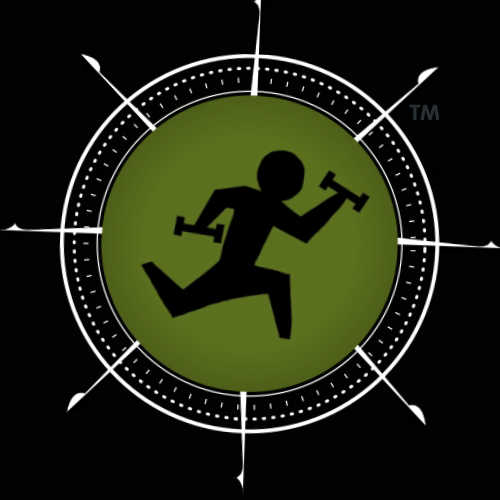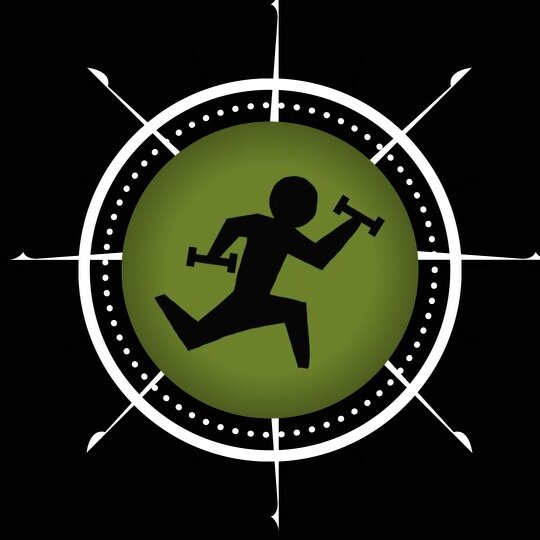5 Desk-Side Mobility Exercises to Reduce Stress and Improve Workplace Wellness
In today’s high-performance workplace, physical health often takes a back seat to tight deadlines and long meetings. But what if just 5 minutes of movement could improve your team’s focus, reduce pain, and support long-term health, without ever leaving the desk?
At The Traveling Trainer, we work directly with companies to integrate impactful wellness programs that don’t just feel good, they perform. Here’s a quick desk-friendly mobility routine your team can implement right now, along with why your HR team should consider it part of your broader employee wellness strategy.
1. Upper Trap Stretch
Release daily tension built up from screen time.
Prolonged computer use creates tightness in the neck and shoulders. To release it:
Sit tall, place one hand under your chair.
Gently tilt your head away from the arm holding the chair.
You’ll feel a stretch from your ear down your shoulder.
Next, look down toward your opposite front pocket. This targets the muscles deeper into your upper back.
Why it matters for companies:
Neck tension is one of the top reported complaints from desk workers. This stretch helps reduce pain-related productivity loss and prevents chronic tension headaches.
2. Cat-Camel Stretch
Reintroduce motion into a stiff spine.
While traditionally done on the floor, this can be adapted to office-friendly spaces:
Get into a hands-and-knees position (use a mat or cushion if needed).
Arch your back like a cat, shoulder blades apart, then reverse the motion, lifting your chest and arching downward.
Hold each position for 5 seconds. Repeat 10x daily.
For employers:
Spinal mobility isn’t just about comfort, it’s about keeping your workforce mobile, energized, and free from preventable back issues.
3. Shoulder CARs (Controlled Articular Rotations)
Maintain shoulder health for posture and longevity.
From a standing or seated position:
Slowly move one shoulder through its full range of motion: forward, up, around, and back. Nice big circles.
Keep the movement smooth and controlled, like tracing a circle with your elbow.
Why HR should take note:
Healthy shoulders = better posture, fewer ergonomic complaints, and reduced downtime from repetitive strain injuries.
4. Chair-Assisted Couch Stretch
Target tight hip flexors and quads; two major pain points in desk work.
Stand facing away from your desk chair.
Place one foot (laces down) on the chair behind you, the other foot forward like a lunge.
Squeeze the glutes and keep your torso tall.
Hold for 30 seconds each side.
Company benefit:
Sitting shortens and weakens hip flexors, contributing to lower back pain. This stretch directly combats that, helping your team move better and hurt less.
5. Deep Squat Hold
Open the hips and decompress the lower back.
With feet slightly wider than shoulder-width, squat down deeply while keeping heels on the floor.
Use a desk or door frame for balance if needed.
Hold for 20–30 seconds.
The business case:
This simple hold improves hip mobility, knee health, and decompresses the spine. It’s a powerful release for workers who sit most of the day.
Why This Matters for Your Company
The reality is that sedentary jobs are accelerating musculoskeletal issues at a costly pace. Implementing short, daily movement breaks:
Reduces injury and chronic pain
Improves focus and productivity
Signals to your team that their well-being matters
At The Traveling Trainer, we bring onsite and mobile wellness solutions, from guided stretch breaks to full-scale yoga and strength sessions, directly to your business.
Let your team move better, feel better, and work better, without leaving the office.
Interested in a free pilot wellness session for your company?
Contact us today to learn how our corporate mobility and fitness solutions can transform your workplace from the inside out.

